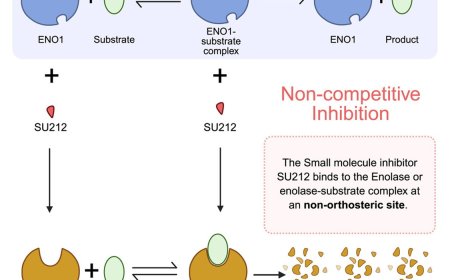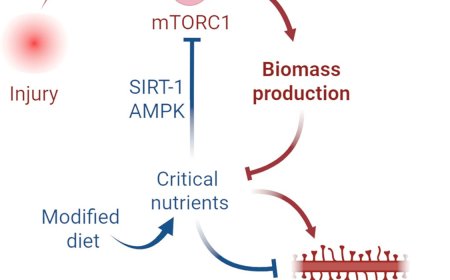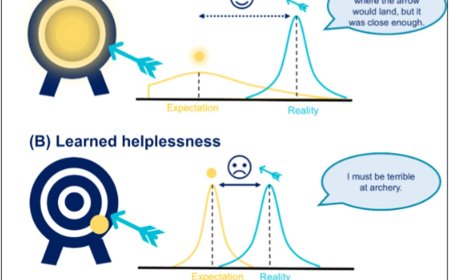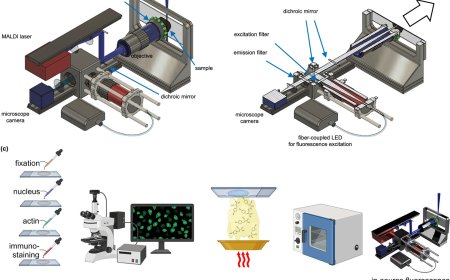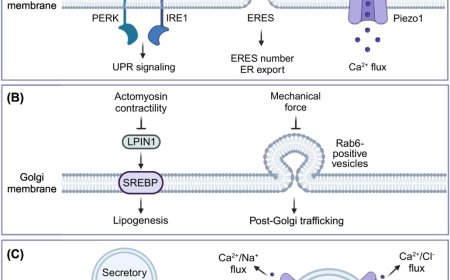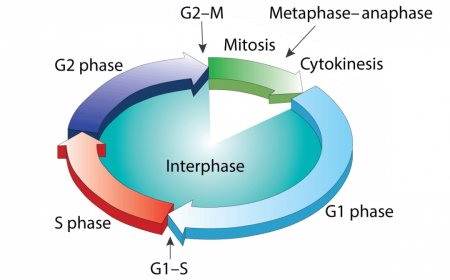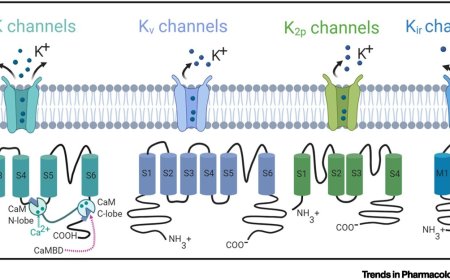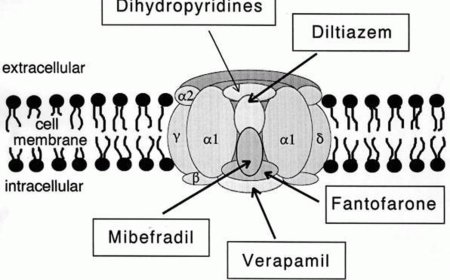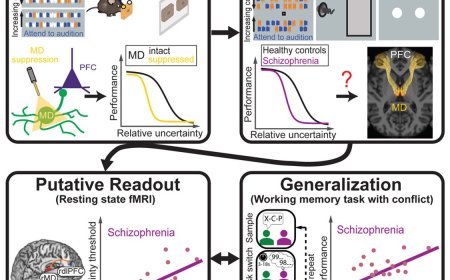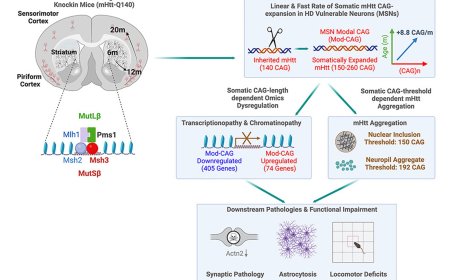Circadian clock synchronization between brain and muscle prevents muscle aging

Discovered in the 1970s, circadian clocks are essential for the regulation of biological time in most cells in the human body. These internal mechanisms adjust biological processes to a 24-hour cycle, allowing the synchronisation of cellular functions with daily variations in the environment. Circadian rhythms, which are coordinated by a central clock in the brain that communicates with clocks in different peripheral tissues, influence many functions, from our sleep patterns to our ability to metabolise food.
A research team has described how the synchronisation between the central clock and peripheral clocks in muscle and skin plays a key role in ensuring the correct function of these tissues, as well as preventing degenerative processes associated with ageing.
The results of this work have been published in two articles in high-impact journals. In this regard, the research on the synchronisation between the central and peripheral clocks appears in Science, while the work on the coordination between the central clock and skin peripheral clock has been released in Cell Stem Cell. Both studies reveal the common mechanisms that underscore the importance of this coordination to uphold the optimal functionality of muscle and skin.
The work also describes the remarkable degree of autonomy of the peripheral clocks, which can maintain 24-h cycles and manage approximately 15% of circadian functions in the absence of the central clock.
“It is fascinating to see how synchronisation between the brain and peripheral circadian clocks plays a critical role in skin and muscle health, while peripheral clocks alone are autonomous in carrying out the most basic tissue functions,” says the author.
“Our study reveals that minimal interaction between only two tissue clocks (one central and the other peripheral) is needed to maintain optimal functioning of tissues like muscles and skin and to avoid their deterioration and ageing. Now, the next step is to identify the signalling factors involved in this interaction, with potential therapeutic applications in mind,” explains the author.
The study published in Science on the communication between the brain and muscle confirmed that the coordination between the central and peripheral clocks is crucial for maintaining daily muscle function and preventing the premature ageing of this tissue. Restoration of the circadian rhythm reduces the loss of muscle mass and strength, thereby improving deteriorated motor functions in experimental mouse models.
The results of the study have also demonstrated that time-restricted feeding (TRF), which involves eating only in the active phase of the day, can partially replace the central clock and enhance the autonomy of the muscle clock. More relevant still is that this restoration of the circadian rhythm through TRF can mitigate muscle loss, the deterioration of metabolic and motor functions, and the loss of muscle strength in aged mice.
These findings have significant implications for the development of therapies for muscular ageing and the enhancement of physical performance in older age.
In the study published in Cell Stem Cell, the team has demonstrated that the skin circadian clock is pivotal in coordinating the daily physiology of this tissue. By integrating brain signals, and sometimes by modifying them, this coordination ensures the correct functioning of the skin.
A surprising discovery was that, in the absence of the peripheral clock, the central body clock maintains the circadian rhythm of the skin but it works in the opposite way as usual (that is to say, on an opposite schedule). For example, the researchers observed that DNA replication, if regulated only by the central clock, would occur during the daytime, when skin is exposed to ultraviolet light, which would increase the risk of accumulating mutations. This phenomenon highlights the importance of the peripheral clock, which not only receives signals from the central clock—which coordinates the rhythms of the entire organism—but also adapts these signals to the specific needs of the tissue in which they are (in the case of skin stem cells, DNA replication peaks after exposure to ultraviolet light during the day).


